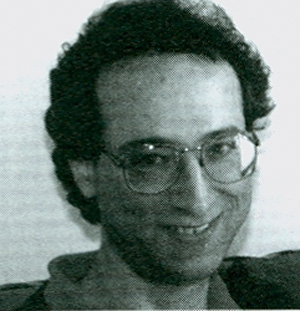
Andrew Cooper [“Modernity’s God-shaped Hole,”] reflects: “Knocking around among various Buddhist schools, I was struck by how each particular story of the path seems to elicit congruent experiences. In other words, Zen folks have Zen experiences, Vajrayanists have Vajrayana experiences. Entering this process entails faith – that is, one allows oneself to be seized by the story. Today, traditional religious narratives bump up against each other, and against competing narratives from the secular world, with a force and frequency that is altogether new. So the religious question of our historical moment, it seems to me, is not what faith one holds but how one holds one’s faith.”
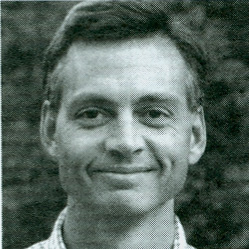
Robert Wright [“Darwin and the Buddha,”] tells us: “I have been curious about the interface between science and religion ever since, as a thirteen-year-old Southern Baptist, I encountered Darwin’s theory of natural selection and was forced to question the literal truth of Genesis. While studying evolutionary psychology for my book The Moral Animal, I became interested in a link between science and Buddhism: namely, that the Buddha’s diagnosis of the human predicament seemed quite consistent with the modern Darwinian view of our evolved human nature. Currently, I’m researching a book on the evolution of various religious doctrines, including Buddhism.”
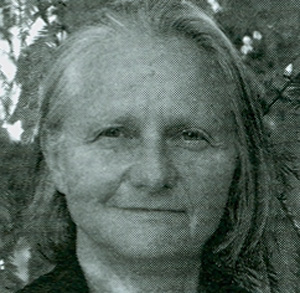
Reflecting on her dharma talk [“Cultivating Beginner’s Mind,”], originally given in 1986, Yvonne Rand writes, “After rereading the lecture I gave sixteen years ago about two practices for training the mind to respond wholesomely when irritation arises, I remain struck by how continually effective they have been for inducing open-heartedness and clarity and reducing reactivity, especially given the degree of anger, fear, violence, and strife in today’s world. The key to the practices is repetitive training so that the responses become increasingly ready in the mind.”
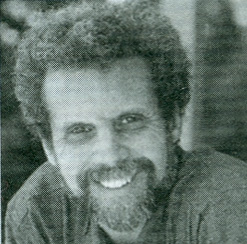
Daniel Goleman, well known for his best-selling book, Emotional Intelligence, and his New York Times reports on behavioral sciences, has had a longstanding interest in science and the dharma. As a graduate student in psychology at Harvard, he spent two years in India and Sri Lanka, studying meditation systems for his research on meditation as stress management. His first book, The Meditative Mind, was based largely on the Visuddhimagga, a fifth-century Pali meditation manual. In a recent interview [“Taming Destructive Emotions,”], he explores the effects of meditation practice on brain activity.
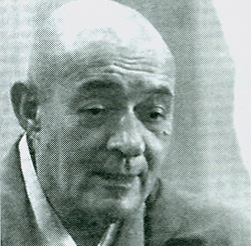
John Daido Loori is the abbot of Zen Mountain Monastery and the founder of the Mountains and Rivers Order. He is a lineage holder in both the Soto and Rinzai schools of Zen. His presentation of Minor White’s photographs, “Meeting a Man of the Way” is adapted from the introduction to his upcoming book, Endless Spring: The Art of Living a Creative Life. Loori has spent many years exploring the meeting ground between art and spirituality. He reflects: “I might never have made my way toward Zen training if it hadn’t been for the arts. I have a debt of gratitude to Minor for providing me with an entryway and for opening my eyes to the role of the arts in spiritual training.”
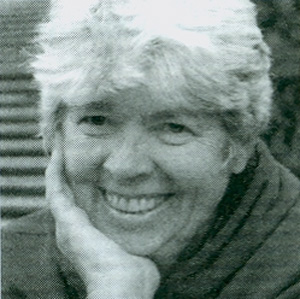
Sandy Boucher writes: “I was practicing Vipassana and writing books about women and Buddhism when the celestial Bodhisattva of Compassion, Kuan-yin, arrived in my consciousness. I explored her entry into Western culture in my book Discovering Kwan Yin, and eventually I began to lead retreats based on her practices. It wasn’t long before she lured me all the way to China to her first home, the island known as Putuo Shan, or ‘Holy Mountain.’ ‘A Footprint on the Shore’ describes the thrills, the frustrations, and the ultimate peace I found in my pilgrimage to Kuan-yin’s island.”